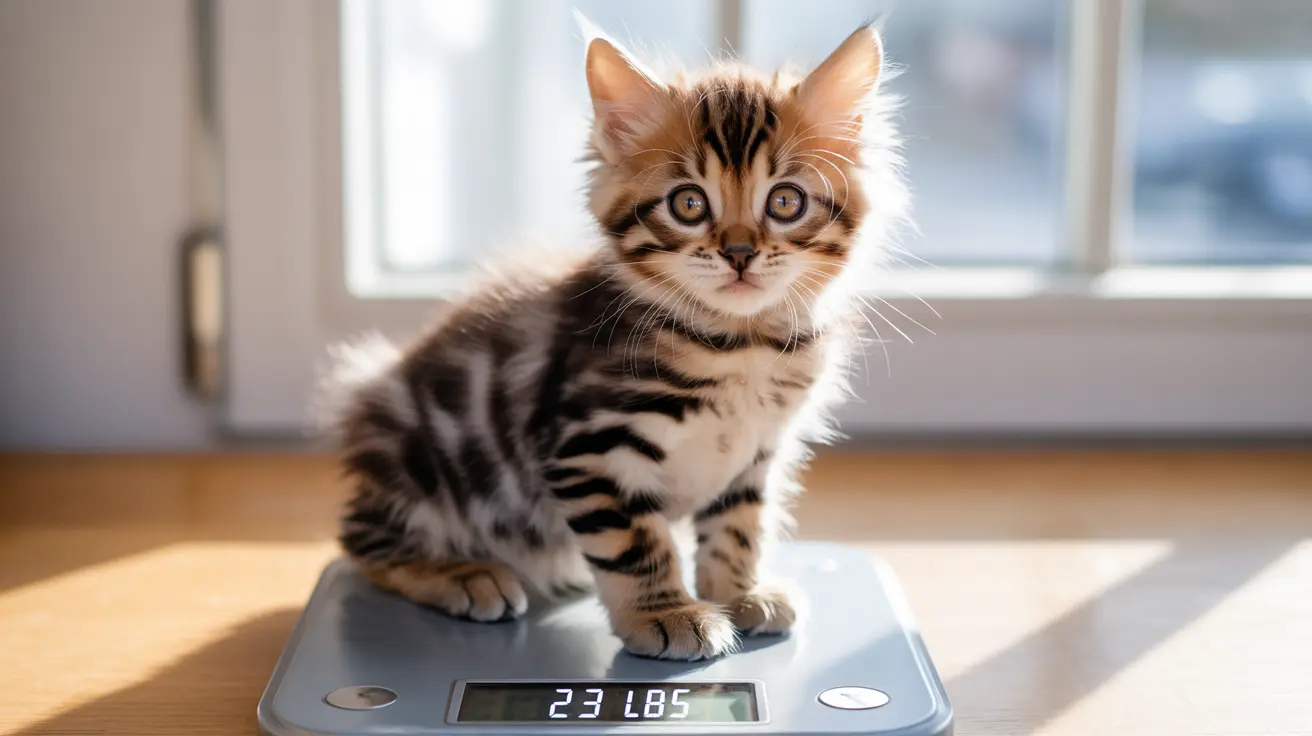The heartbreaking phenomenon of sudden kitten death affects many cat owners and breeders, with mortality rates ranging from 8% to 40% in the first twelve weeks of life. Understanding the causes and risk factors of sudden kitten death is crucial for improving survival rates and providing optimal care for these vulnerable young animals.
Recent studies have revealed that certain breeds face higher risks, with Bengal (23.4%), Sphynx (21.9%), and Sacred Birman (19.0%) kittens showing the highest mortality rates. The most critical period is during the first week of life, when over 70% of kitten deaths occur.
Understanding Fading Kitten Syndrome
Fading Kitten Syndrome is a leading cause of sudden kitten death, characterized by a rapid decline in apparently healthy kittens. This condition can be triggered by various factors, including genetic issues, infections, and environmental stressors. Kittens may appear normal initially but can deteriorate within hours.
Early detection is crucial, as immediate intervention can sometimes save affected kittens. Warning signs include decreased activity, poor nursing, and temperature fluctuations.
Critical Risk Factors for Kitten Mortality
Low birth weight (LBW) is a significant predictor of mortality, with these kittens facing a death rate nearly four times higher than their normal-weight counterparts. Studies show that up to 60% of LBW kittens may not survive under natural conditions.
Other key risk factors include:
- Larger litter sizes
- Maternal health issues
- Genetic predispositions
- Environmental conditions
- Quality of early care
Common Causes of Sudden Death in Kittens
Infectious Diseases
Bacterial and viral infections pose significant risks to young kittens. Common pathogens include E. coli, streptococci, and the particularly dangerous feline panleukopenia virus (FPV). These infections can cause rapid decline and death, especially in kittens with underdeveloped immune systems.
Congenital and Environmental Factors
Birth defects, such as heart abnormalities and cleft palates, can lead to sudden death. Environmental factors like hypothermia and hypoglycemia are particularly dangerous for newborn kittens, who cannot effectively regulate their body temperature or blood sugar levels.
Prevention and Early Intervention Strategies
Proactive monitoring and care are essential for preventing sudden kitten death. Key preventive measures include:
- Daily weight monitoring
- Maintaining proper environmental temperature (85-90°F for neonates)
- Ensuring adequate colostrum intake
- Practicing strict hygiene protocols
- Regular veterinary check-ups
Frequently Asked Questions
What are the main causes of sudden death in newborn kittens?
The primary causes include fading kitten syndrome, infectious diseases, congenital defects, hypothermia, hypoglycemia, and birth trauma. Bacterial and viral infections are particularly common in the neonatal period.
How can low birth weight and early growth affect a kitten's survival chances?
Low birth weight kittens have approximately four times higher mortality risk compared to normal-weight kittens. Poor early growth during the first week is a critical indicator of survival probability.
What signs should I watch for to detect fading kitten syndrome early?
Key warning signs include decreased activity, poor nursing, temperature fluctuations, crying or whining, separation from littermates, and failure to gain weight. Immediate veterinary attention is crucial if these signs appear.
How can I prevent sudden kitten death caused by infections and environmental factors?
Maintain proper temperature, ensure good hygiene, provide appropriate nutrition, monitor weight daily, and seek immediate veterinary care for any concerning symptoms. Proper vaccination and deworming protocols are also essential.
Are certain cat breeds more at risk for sudden kitten death and birth complications?
Yes, studies show that Bengal, Sphynx, and Sacred Birman breeds have higher mortality rates. Cornish Rex and Ragdolls show lower rates. Breed-specific genetic factors can influence both birth complications and survival rates.
While sudden kitten death remains a challenging aspect of feline breeding and care, understanding these risk factors and implementing proper preventive measures can significantly improve survival rates. Always consult with a veterinarian for specific guidance on kitten care and any concerns about their health.






